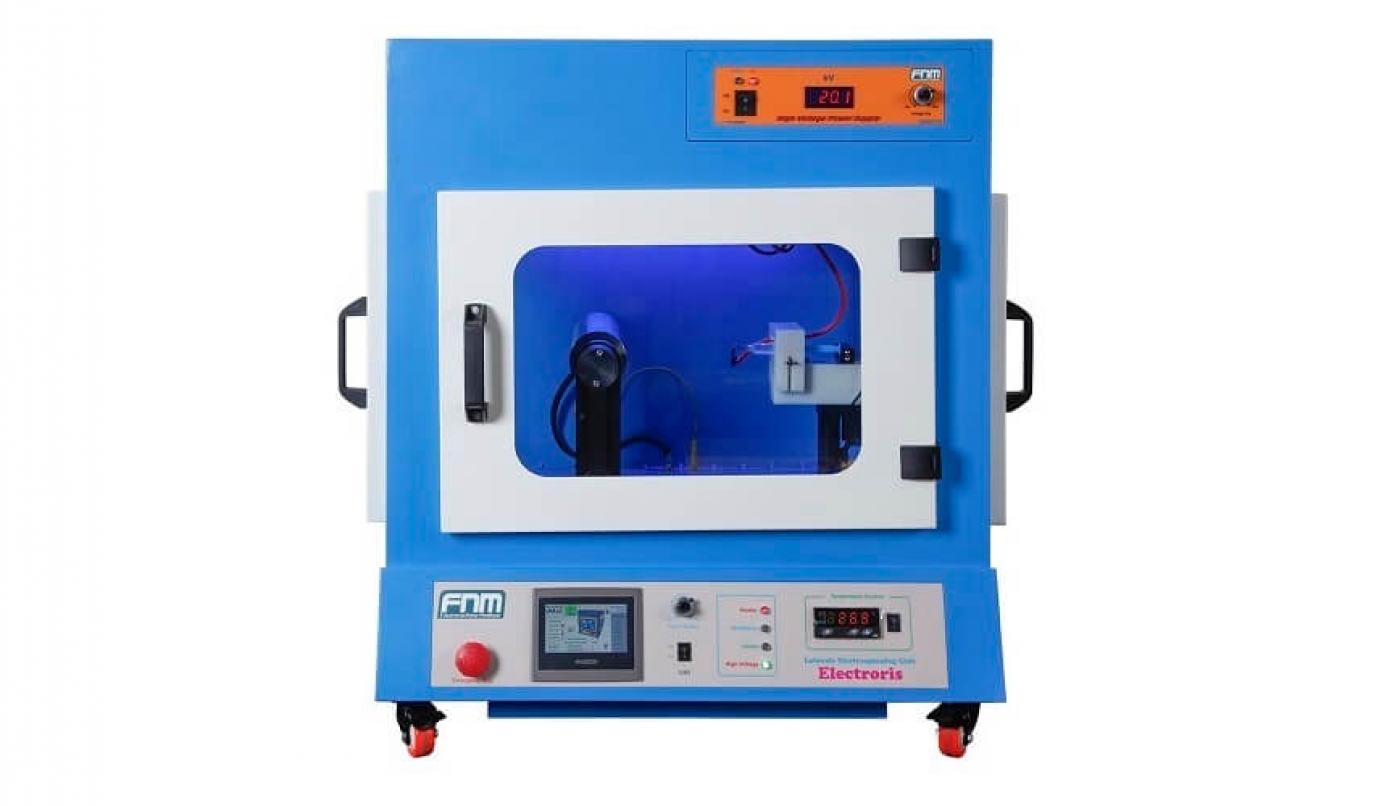A significant advancement in tissue engineering has emerged from Iran, where a research electrospinning device has been developed to produce channels and scaffolds tailored for biological and medical applications. The Iranian company Nanoazma has taken the lead in manufacturing industrial electrospinning machines, aiming to enhance the nanofiber industry.
In a recent interview, the CEO of Nanoazma highlighted the growing interest in electrospinning and nanofiber production within the country. She added that these devices are designed to create both layers and narrow channels, which are essential for research into artificial blood vessels and neural pathways.
Additionally, the CEO announced a new system for producing efficient membranes for liquid and gas filtration, featuring multiple independent outputs that can significantly boost device efficiency. However, she acknowledged challenges such as the need for high voltage and sophisticated electronic systems, emphasizing that adjustable high-voltage power supplies are crucial for effectively managing electrospinning jets.
Electrospinning technology is not only pivotal for constructing diverse tissue scaffolds but is also instrumental in producing synthetic tissues like muscle, cartilage, nerve, and skin. The CEO noted that no country has yet achieved commercialization in synthetic tissue production, indicating that research remains largely confined to laboratory settings.
Ongoing research in Iran aims to push the boundaries of synthetic tissue production further, with the hope that future advancements will lead to commercialization in this promising field.





